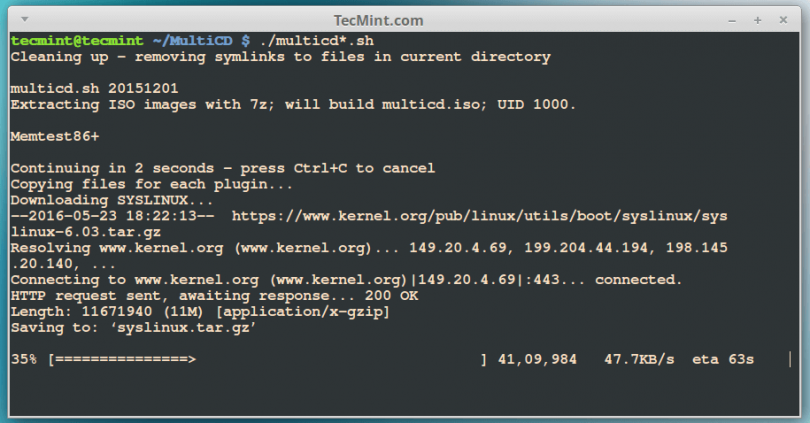
You will be able to see Boot.iso properties such as name and Size. In navigation pane, type c:\temp to navigate to boot.iso file location. Once 7-Zip application is installed, launch it by clicking on start menu, you will be able to 7-Zip File Manager. Split the fileįor demonstration purpose, I am going to use c:\temp\boot.iso file which has a file size of approximately 400 MB. 7-zip is available for both 64 bit and 32-bit OS architecture. Another benefit of 7-zip is, once installed you can take copy of source from C:\Program Files\7-Zip (64-bit version) and use it any destination system without installing it. 7-zip is the freeware which can be downloaded and installed to perform this task.

To split the file, you need one of the software’s which has feature to split the files. By using the split technic, we can divide the big file into smaller chunks which can be easily copied to the destination location, and further can be combined to reform the original file. This is an important scenario in case file size is too big to be copied over the network, or too big to fit in USB drive. So, go to the Home Tab and click on the “Close & Load”.This blogs topic is about How to split and combine large files using 7-Zip.
At this point, your merged data is ready and all you need is to load it into your new workbook. After that, double click on the header and select “Rename” to enter a name for the column i.e. Here in the “Value to Replace” enter the text “.xlsx” and leave “Replace With” blank (here idea is to remove the file extension from the name of the workbook). So, right-click on the column header and select “Replace Values”. At this point, you have merged data from all the files into your power query editor and, if you look closely you can see a new column with the name of the workbooks from which data is extracted. From here, the next thing is to select the table in which you have data in all the workbooks and yes, you’ll get a preview of this at the side of the window. Now, you need to combine data from these files and for this click on “Combine & Edit”. In the end, click OK, and once you click OK, you’ll get a window listing all the file from the folder, just like below. Here you need to locate the folder where you have files. For this, go to Data Tab ➜ Get & Transform Data ➜ Get Data ➜ From File ➜ From Folder. Now, the next thing is to open a new Excel workbook and open “POWER Query”. 
First of all, extract all the files from the sample folder and save that folder at the desktop (or wherever you want to save it).






 0 kommentar(er)
0 kommentar(er)
